Short planning horizon

Quarterly forecast generates spot purchases and breaks.
Implement continuous forecasting that adjusts purchasing and production based on actual demand and market fluctuations.

150+ companies trust us


























Changing prices, promotional campaigns and variation in assortment complicate planning. Integrated management allows you to adjust inventory, ensure availability and protect margins against market instability.
Sales of vegetable and premium oils vary depending on vintages and retail promotions, creating unpredictable fluctuations in demand.
Linear forecast fails, causing production emergencies or line stoppages due to its inability to capture demand peaks.
Reduced margin and perception of service failure by the customer due to lack of availability or excess stock.
Recognize weekly consumption patterns to adapt forecasts to real variations in demand.
Quantify the impact of each campaign on demand to adjust forecasts and avoid imbalances.
Agile planning that maintains availability without inflating inventory, ensuring a rapid response to changes in demand.

Importation of palm oil or special caps with lead times of 60-90 days, which causes delays in the supply chain.
High MOQs and single suppliers generate line downtime or high logistics costs due to lack of flexibility.
The lack of alignment between real demand and the supply capacity of suppliers generates stock problems and difficulties in planning.
Dynamically change suppliers based on availability to guarantee production continuity and avoid bottlenecks.
Consolidate volumes until containers are full, improving transportation efficiency and reducing costs.
Check MOQs automatically to avoid incorrect orders and adjust purchasing planning.

Changes in packaging, aroma or type of oil generate downtime and increase production costs.
Blind sequencing causes loss of shifts and additional costs, as it does not adjust to the real needs of production.
The lack of resource planning for line changes generates unnecessary delays and incorrect allocation of productive capacity.
Model real change times to optimize the process and reduce inefficiencies, based on historical and real data.
Plan at finite capacity by grouping compatible SKUs to reduce changeover times and maximize efficiency.
Reduce micro-stops and free up productive hours through better organization of tasks and resources on the production line.

Distributors buy full pallets but sell at retail, which distorts the demand forecast and affects production planning.
Forecast reflects old orders, causing sudden breakages or late overproduction by not capturing variations in real demand.
The lack of visibility in retail sales and inventory movements generates imbalances in production, leading to lack of stock or excess inventory.
Convert sell-out into net demand by purchasing frequency, improving forecast accuracy and adjusting production.
Visualize deviations between orders and forecast to make quick decisions and adjust forecasts to real demand.
Adjust production before emptying shelves or generating returns, ensuring availability without generating excess stock.


Quarterly forecast generates spot purchases and breaks.
Implement continuous forecasting that adjusts purchasing and production based on actual demand and market fluctuations.

Stock confusion and urgent transfers.
Integrate a centralized system that provides real-time visibility of inventories in all warehouses, facilitating decision-making and efficient management.

Expired lots affect forecast and purchases.
Implement a product life management system that alerts about batches that are about to expire and automatically adjusts purchasing forecasts.
Key indicators that offer a clear vision of the strategic weight that this industry has in the current and future global economy.

Data obtained from Statista*
Connect demand, procurement, and production in one modular cloud platform, designed to adapt to the unique needs of any industry.
Integration with all ERPs


100% Cloud, ISO 27001 Certification
Customer reviews
Measurable results
Ecosystem tailored to your needs


Quick implementation
Start with our demand module, the tool that allows you to calculate how much you will sell.
Add the features that suit your business. Scale at your own pace and expand when you need to, with our plugins.
Once you've added the features you need, get your price with our calculator. And if you have any questions, we'll sort them out for you.

“The demand forecast is very accurate and, when there are deviations, the tool makes it easy to know in which references it occurs to analyze why.” José Delgado, Supply Chain Manager at Agolives
Implementing the software with Imperia is a quick and straightforward process, starting with the integration of the demand module, and can be complemented with 2 new phases. Incorporating the purchasing module and the production module.
A process with full support from our team, with personalised training and consultancy.
Reduces costs associated with manufacturing, optimizing processes and improving operational efficiency.
Reduces the amount of products stored, reducing costs and increasing profitability.
Improves the number of orders delivered in full and within the established time frame.
Fine-tune your product classification based on what matters most to your business.
Increases efficiency by minimizing downtime and optimizing transitions between production steps.
Fine-tune daily demand distribution with heuristics tailored to real monthly behaviour.
Activate the BIAS indicator to detect overestimations or underestimations of actual demand values.
Optimize forecasting at more aggregated levels by grouping sales historical data taking advantage of a larger dataset.
Provides the ability to visualize the commercial budget within the tool for analyzing fulfillment at different granular levels.
Optimize your overseas purchase orders by arranging them in containers based on dimensions and weight restrictions, maximizing efficiency for your orders to international vendors.
Add more flexibility to your planning by expanding the grouping hierarchy to seven levels for deeper and more relevant analysis.
Customize your S&OP cycle by creating and editing tasks and meetings that fit your operations.
Activate the DFA indicator to detect to detect forecast deviations, indicating the level of accuracy in predicting actual demand.
Report that allows identifying references within the portfolio that continue to have sales despite being discontinued.
Expand the available product attributes selection to a maximum of 20.
Lengthen the planning horizon to analyze your demand beyond 12 months.
Display your yearly budget in the system and monitor performance across different analysis levels.
Enables the user to specify a total sales figure for a given time frame and automatically distributes it.
Assign forecast modifications to predefined concepts for effective tracking of events that impact demand.
Integration service that facilitates the connection from the customer's system to SCP through a user-friendly interface.
Automatically plan the company's production, defining which products to manufacture, in what quantity, and when, to ensure deliveries are made within the established deadlines.
Manage material requirements to meet the forecasted demand, calculating the necessary coverage to avoid excess stock and shortages. Based on this, automatically generate a purchase order plan, taking into account lead times and supplier order constraints.
The plugin ensures that your procurement planning meets the minimum order requirements set by your suppliers, whether by quantity or value.
Assign multiple suppliers to a material, and SCP will select the most appropriate one based on its procurement criteria.
Manage inventory levels across multiple supply chain stages and monitor transfers and orders to ensure optimal availability and reduced costs throughout the network.
Load pending orders to visualize them alongside your demand forecast and use them to plan procurement and production accordingly.
Configure the demand distribution for new product launches, with the ability to replicate the launch of another product or market entry.
Optimizes inventory management by considering expiration dates, adjusting purchases, and simulating stock flow based on product lifespan.
Factor in the sales history of discontinued items to improve demand forecasts for the products that replace or cannibalize them.
Sequence production orders by considering line availability, performance as well as setup and changeover times to optimize the production plan and meet deadlines. Detect bottlenecks and adapt the plan to changing needs in a convenient Gantt chart.
Enhance your planning by accounting for raw materials that yield multiple products, semi-finished goods, or bulk outputs.
Specify non-working days or days without sales dispatch to exclude them from the demand forecast.
Manage sales contracts by monitoring their monthly fulfillment to adjust planning accordingly.
Weighted deviation report based on the sales volume of each product with respect to the total portfolio.
Define accurate selling prices for demand forecasting. You can configure them at different levels of detail for specific date ranges.
Automatically detect outliers in the historical sales of a product that may have been caused by promotions and suggest the impact of future events indicated by the user.
Calculate demand forecasts by considering both sell-in to distributors or retailers and their sell-out to final customers. You can configure distributors' procurement parameters, including coverage, frequency, lead time, refill quantity, and even sales growth percentages.
Estimate the first availability date for the products belonging to each customer order.
Enables daily tracking of stock levels and facilitates analysis through alerts and detailed reports.
Monitor supplier contracts, providing alerts and key performance indicators.
Measure supplier performance and delivery reliability with a clear, configurable OTIF metric.
Specify non-working days of each supplier to take them into consideration in the procurement plan.
Enables the unit of measure conversion for each product to facilitate a cross-functional assessment of quantities.
Refine the short-term forecast by focusing on the most recent weeks and limiting further impact within a determined horizon.
Enhance the analysis of demand forecast results and facilitate decision-making with strategic indicators such as YTD (Year-to-Date), YTG (Year-to-Go), and year-over-year comparison metrics.
Total Price:
€850,00
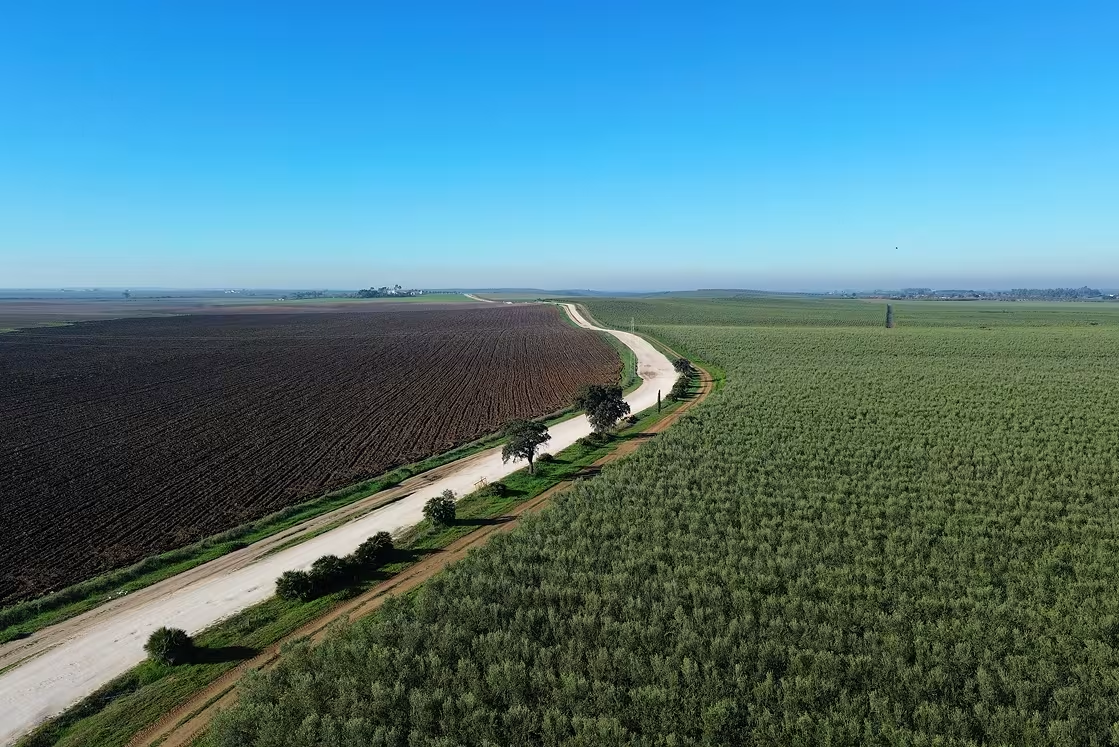
Schedule a meeting with our Supply Chain experts and discover the features that will make your supply chain a complete success.
Data Controller: Imperia SCM Consulting, LLC.
Purpose of processing: Manage your demo request and share information about our services.
Legitimization: Consent granted by submitting the request form.
Recipients: There is no planned communication to third parties, unless legally required.
Rights: Access, rectify and delete your data, as well as other rights explained in the Privacy Policy.































